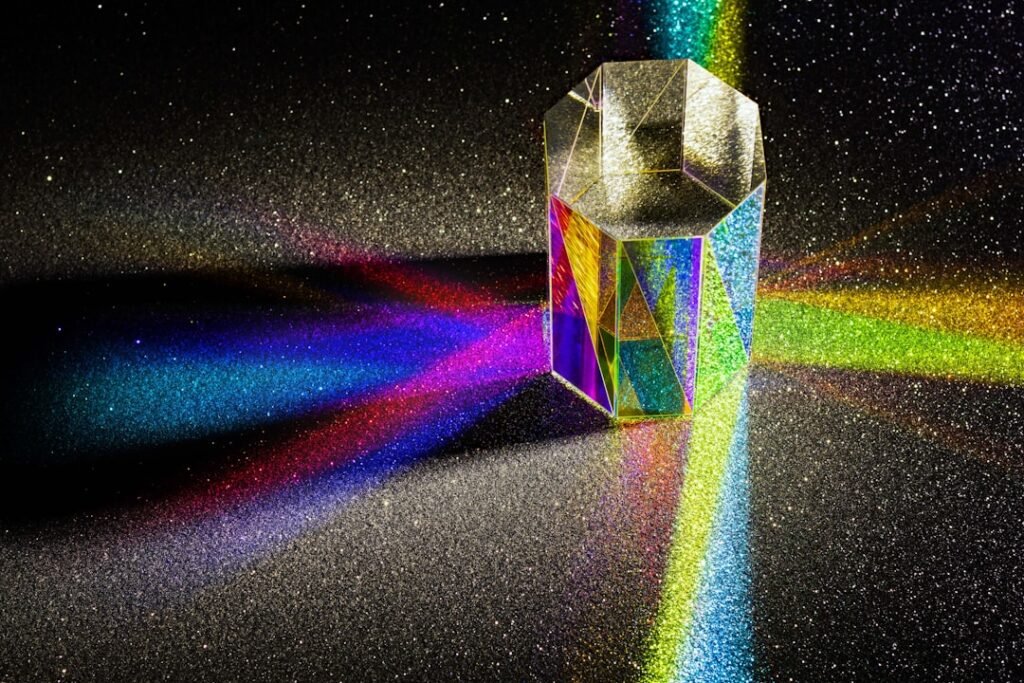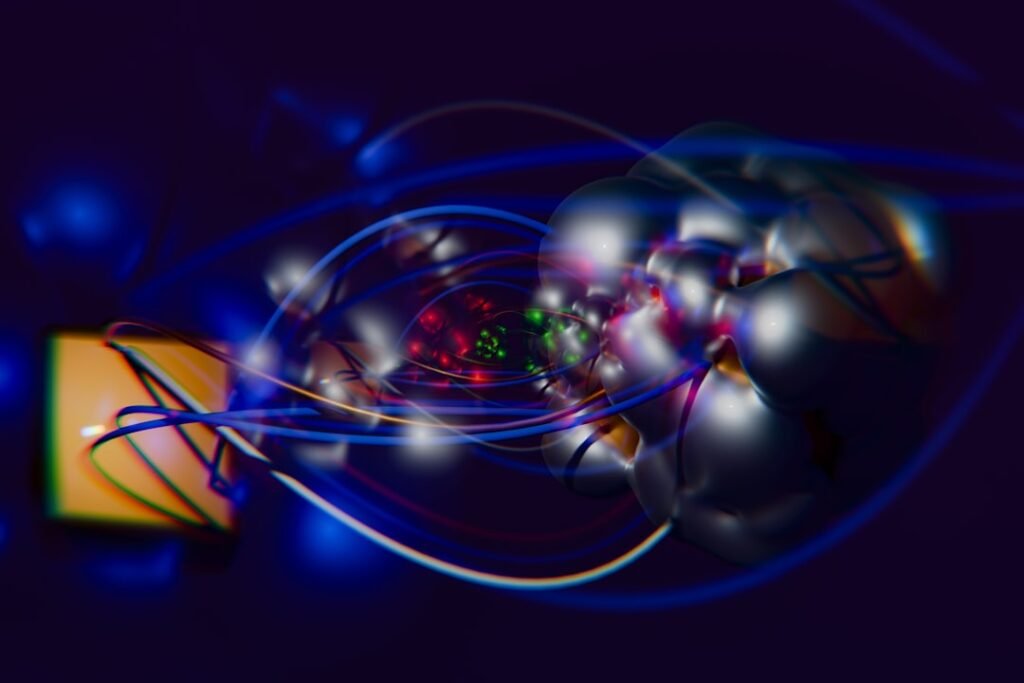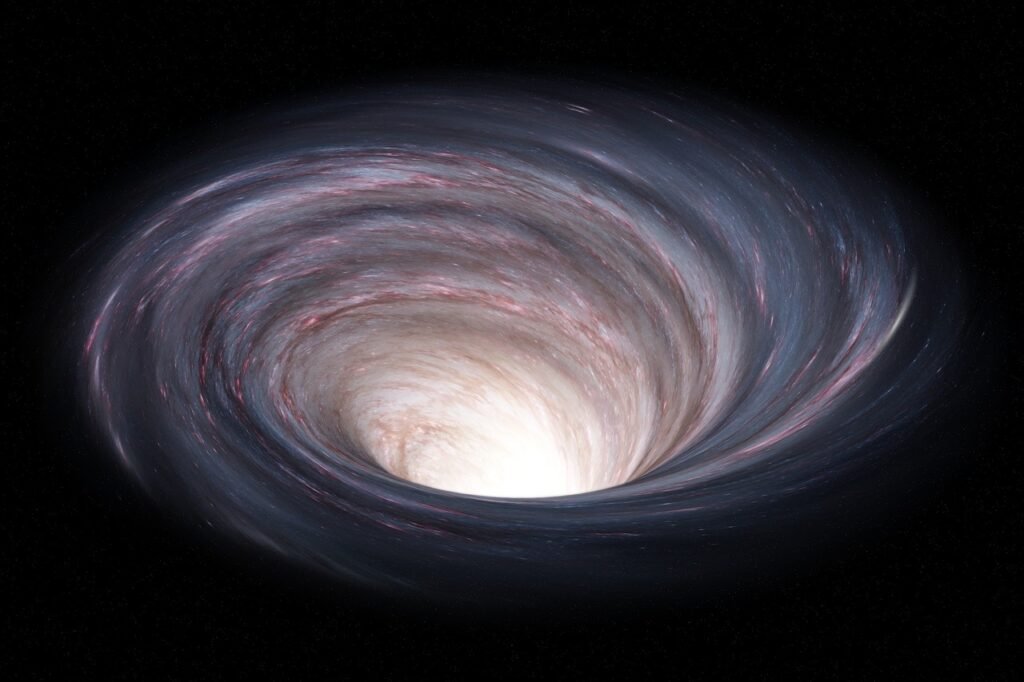The history of science has always been a dance between discovery and mystery. Today, even with our most advanced technologies and brightest minds working around the clock, there remain puzzles that make scientists scratch their heads in bewilderment. These unexplained phenomena remind us that nature still holds its secrets close, challenging everything we think we know about reality.
Some mysteries lurk in the deepest parts of space, while others manifest right here on Earth in ways that defy our understanding of physics and biology. The most fascinating part? These aren’t ancient legends or folklore. They’re documented, studied, and yet completely unexplained by modern science. Let’s dive into ten phenomena that continue to baffle researchers worldwide.
Ball Lightning Floats Through Reality

Imagine a glowing orb the size of a tennis ball floating through your living room during a thunderstorm. For centuries, witnesses have reported encounters with golf ball to tennis ball-size orbs of electricity that appear during thunderstorms as floating spheres ranging in color from blue to orange to yellow. These mysterious spheres can persist for several seconds, unlike regular lightning that lasts mere milliseconds.
Historical reports of similar phenomena date back centuries, though well-documented ball lightning accounts are more recent, with early accounts suggesting that ball lightning can be deadly. What makes this phenomenon truly bizarre is that people have witnessed these orbs floating through walls, roving down airplane aisles, and coming down chimneys.
Despite hundreds of eyewitness accounts from around the world spanning centuries, scientists can’t explain ball lightning or recreate it in laboratories, with theories ranging from failed lightning bolts to hot ionized silica to chains of charged particles. At least one study theorizes that about half of all ball lightning sightings are hallucinations caused by magnetic fields during storms, though scientists seem to agree ball lightning is real, even if they don’t fully understand what causes it.
Dark Matter Makes Up Most of Reality

Everything visible in the night sky – stars, planets, galaxies – makes up less than 5% of the universe, with the rest being invisible. This invisible component, called dark matter, is believed to make up around 27% of the universe’s mass-energy content (with dark energy comprising about 68%), yet its true nature remains unknown.
Think about that for a moment. Nearly everything that exists around us is made of something we cannot see, touch, or directly detect. Dark matter doesn’t interact with light or other forms of electromagnetic radiation, making it invisible and undetectable through conventional means, with its existence only inferred through gravitational effects on visible matter.
Physicists now consider possibilities that dark matter might consist of a hidden “dark sector” of multiple new particles that interact through gravity but not electromagnetic or nuclear forces. It might be composed of exotic particles like WIMPs or axions, or perhaps our understanding of gravity itself is flawed – until dark matter is detected directly or replaced by a better theory, it remains one of the strangest mysteries in physics.
The Placebo Effect Defies Medical Logic

The placebo effect is a well-documented phenomenon where patients experience real improvements in health after receiving treatments with no active ingredients, simply because they believe the treatment is effective, though the underlying mechanisms remain poorly understood. This isn’t just wishful thinking or imagination working overtime.
Experiments show that many symptoms improve when subjects receive fake treatments, with research finding this mostly affects things like pain and nausea – it generally doesn’t fix underlying conditions, but it’s still incredible that our minds have so much power over our bodies.
Perhaps even more puzzling, recent research suggests that even when patients know they’re taking a placebo, they still experience real symptom relief. The placebo effect shows how powerful the human brain can be – when people believe they’re receiving real treatment, even a sugar pill can relieve symptoms, and this mind-over-matter phenomenon is so strong it’s used as a control in clinical trials.
Consciousness Remains Science’s Hardest Problem

The nature of consciousness – what it is, how it arises, and why it exists – remains one of the most profound unsolved mysteries in modern science, with the question of how subjective experiences emerge from complex neural interactions remaining unanswered despite advances in neuroscience and cognitive psychology. We can map every neuron, track every electrical impulse, yet we still can’t explain why you experience the color red the way you do.
Consider this: you’re reading these words right now, and there’s something it feels like to be you having this experience. That feeling, that inner sense of “being,” is what philosophers call qualia. Science can explain how your brain processes information, but it cannot explain why there’s something rather than nothing when it comes to your inner experience.
This mystery goes beyond academic curiosity. If we could understand consciousness, we might unlock secrets about artificial intelligence, mental illness, and the very nature of reality itself. Yet despite billions of dollars in research and countless brilliant minds working on the problem, consciousness remains as mysterious today as it was centuries ago.
Quantum Entanglement Breaks Space and Time

Quantum entanglement occurs when two particles remain connected regardless of distance, allowing them to instantly affect each other’s state. Einstein famously called this “spooky action at a distance” because it seemed to violate the speed of light limit that governs our universe.
Scientists have observed entangled particles reacting simultaneously even when separated by vast distances, and this phenomenon defies classical physics while continuing to baffle researchers. Imagine if you had a pair of magical coins: flip one in New York, and its twin in Tokyo instantly lands on the opposite side.
What makes quantum entanglement even stranger is that this connection isn’t just theoretical. When particles are entangled, the state of one can instantaneously affect the state of the other, no matter the distance. This phenomenon challenges our basic understanding of reality and space-time, suggesting that the universe might be far more interconnected than we ever imagined.
The Taos Hum Drives People Crazy

In the town of Taos, New Mexico, a low-frequency humming sound has been reported by residents for decades, described as a persistent and low-pitched noise audible to some individuals but undetectable by sound recording equipment, with extensive investigations failing to determine its exact cause.
Since at least the early 1990s, residents have reported hearing a low, persistent humming noise that seemed to come from everywhere around them, with this “Taos Hum” being audible to only a limited number of the town’s population. What’s particularly maddening is that roughly two percent of the population can hear it clearly, while others hear nothing at all.
The hum has been described as similar to the sound of a distant diesel engine idling. Some residents report that this constant faint droning sound interferes with sleep and sometimes causes visitors to feel ill, getting more noticeable indoors and at night, with theories ranging from tinnitus to industrial equipment to conspiracy theories about government experiments or aliens.
The Pioneer Anomaly Confounds Space Science

The Pioneer Anomaly refers to unexplained deviations in the trajectories of the Pioneer 10 and 11 spacecraft launched in the 1970s to explore the outer planets, with scientists unable to determine the cause despite extensive analysis, considering possibilities ranging from dark matter effects to previously unknown forces.
These spacecraft should have followed predictable paths based on our understanding of gravity and celestial mechanics. Instead, they experienced a tiny but measurable force pulling them back toward the Sun. The effect was incredibly small – about ten billion times weaker than Earth’s gravity – but consistent and unexplained.
Scientists have proposed numerous explanations, from heat radiation pushing the spacecraft to modifications in our understanding of gravity itself. Some researchers even wondered if this anomaly might be evidence of dark matter or unknown physics operating at the edges of our solar system. The mystery was largely resolved in 2012 through detailed analysis of thermal effects from the spacecraft’s heat sources, yet it serves as a reminder of how much we still don’t understand about space.
Spontaneous Human Combustion Defies Fire Safety

Throughout history, reports have surfaced of people mysteriously bursting into flames without an external source of fire, with flames often consuming only the body while leaving surrounding furniture untouched, as scientists struggle to explain how or why it happens.
The phenomenon presents investigators with scenes that seem to defy the laws of physics. Bodies are found almost completely incinerated, yet nearby newspapers, curtains, and wooden furniture remain untouched. The intense heat required to cremate a human body should have set the entire room ablaze.
Several theories attempt to explain these bizarre cases: the “wick effect” suggests that human fat can act like a candle, with clothing serving as the wick. Others point to alcohol consumption, cigarettes, or even ball lightning as potential causes. However, none of these explanations fully account for the selective nature of the burning or the lack of external fire spread.
The Double-Slit Experiment Questions Reality

The double-slit experiment reveals one of the most puzzling truths of quantum physics – when particles like electrons pass through two slits, they form a wave-like interference pattern unless observed, in which case they act like particles, suggesting that simply watching a quantum system changes its outcome in real time.
This experiment suggests something almost impossible to accept: reality changes depending on whether you’re watching. When no one observes the particles, they behave like waves and create an interference pattern. The moment someone sets up a detector to see which slit the particle goes through, the wave pattern disappears.
The implications are staggering. It suggests that consciousness or observation might play a fundamental role in determining reality. Some interpretations propose that multiple realities exist simultaneously until observation collapses them into one. Others suggest that information, not matter, might be the fundamental building block of the universe.
Time Crystals Break Thermodynamics

Physicists recently discovered “time crystals,” a new phase of matter that changes states in a time-based pattern without consuming energy, appearing to challenge our understanding of matter phases and hinting at new possibilities for quantum computing, with researchers believing they could revolutionize future technology.
Time crystals represent a fundamental challenge to our understanding of physics. According to the laws of thermodynamics, perpetual motion is impossible – everything should eventually reach equilibrium and stop moving. Time crystals seem to violate this principle by maintaining motion indefinitely without energy input.
These structures oscillate between different states in a regular, repeating pattern through time, similar to how regular crystals repeat their structure through space. They’re not perpetual motion machines in the traditional sense, but they do maintain their oscillations without losing energy, which scientists once thought was impossible. Their discovery has opened new questions about the nature of time, energy, and the fundamental laws that govern our universe.
Conclusion

These ten phenomena serve as humbling reminders that despite our technological advances and scientific achievements, the universe still holds countless secrets. From yawning to dark energy, from the placebo effect to the existence of the universe itself, science is filled with weird, unanswered questions that are not failures of science but signs of its vitality, reminding us that discovery is ongoing, curiosity is endless, and the universe is stranger than we can imagine, with each unsolved puzzle being an invitation to look deeper and keep searching for answers because the weirdest mysteries often lead to the greatest discoveries.
Each of these mysteries represents a frontier where our current understanding breaks down, where the known meets the unknown. They challenge us to question our assumptions, to think beyond conventional wisdom, and to remain open to possibilities that might seem impossible today. Perhaps most importantly, they remind us that the joy of science lies not just in having answers, but in asking better questions. What do you think about these mind-bending phenomena? Tell us in the comments.

Jan loves Wildlife and Animals and is one of the founders of Animals Around The Globe. He holds an MSc in Finance & Economics and is a passionate PADI Open Water Diver. His favorite animals are Mountain Gorillas, Tigers, and Great White Sharks. He lived in South Africa, Germany, the USA, Ireland, Italy, China, and Australia. Before AATG, Jan worked for Google, Axel Springer, BMW and others.




